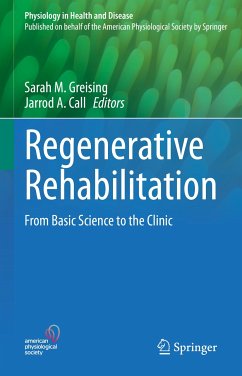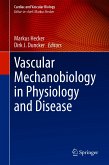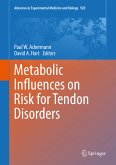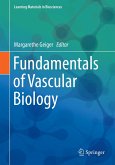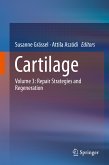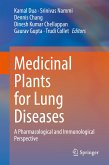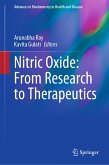This contributed volume presents the current state of research on regenerative rehabilitation across a broad range of neuro- and musculoskeletal tissues. At its core, the primary goal of regenerative rehabilitation is to restore function after damage to bones, skeletal muscles, cartilage, ligaments/tendons, or tissues of the central and peripheral nervous systems. The authors describe the physiology of these neuro- and musculoskeletal tissue types and their inherent plasticity. The latter quality is what enables these tissues to adapt to mechanical and/or chemical cues to improve functional capacity. As a result, readers will learn how regenerative rehabilitation exploits that quality, to trigger positive changes in tissue function.
Combining basic, translational, and clinical aspects of the topic, the book offers a valuable resource for both scientists and clinicians in the regenerative rehabilitation field.
Dieser Download kann aus rechtlichen Gründen nur mit Rechnungsadresse in A, B, BG, CY, CZ, D, DK, EW, E, FIN, F, GR, HR, H, IRL, I, LT, L, LR, M, NL, PL, P, R, S, SLO, SK ausgeliefert werden.

